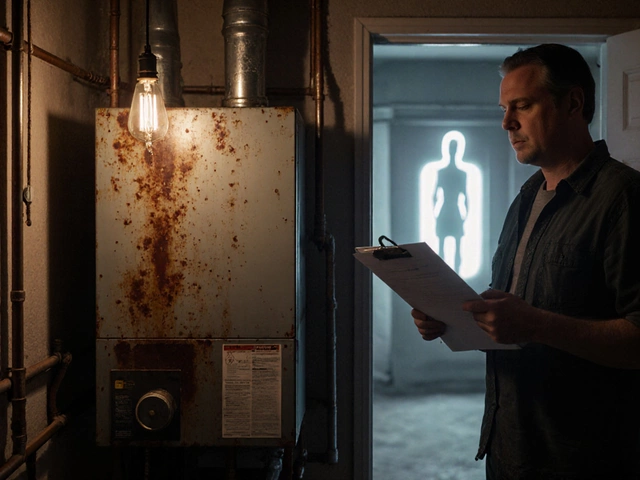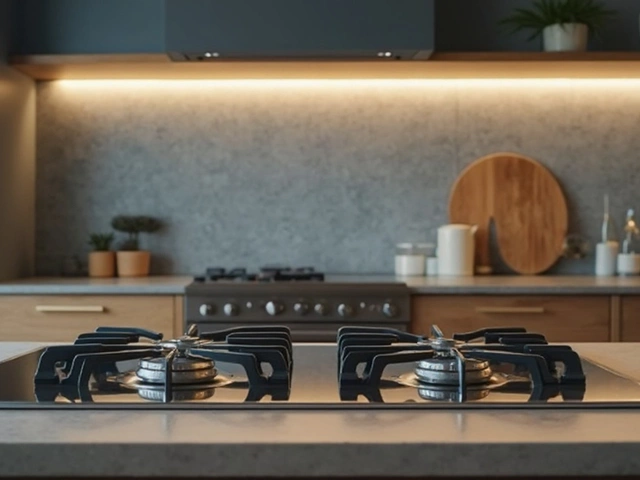Kitchen Repair Made Simple: What to Fix and When to Call a Pro
Got a kitchen that’s acting up? You’re not alone. Most homeowners face a broken oven, a cracked hob or a noisy extractor fan at some point. The good news is many of these issues can be solved without tearing down the whole kitchen. Below you’ll find practical steps to get your kitchen back in shape, plus clear signs that it’s time to call the experts.
Quick fixes for the most common kitchen problems
Oven won’t heat – First, check the heating element for visible burns or breaks. Unplug the oven, remove the element and give it a good visual check. If it looks fine, the thermostat may be the culprit. Many thermostats are easy to replace with a screwdriver; just note the model number and match it when you buy a new one.
Glass hob cracked – Small cracks can sometimes be patched with a clear epoxy designed for kitchen surfaces. Clean the area, apply the epoxy, and let it cure as directed. For larger cracks or chips, swapping the whole top usually costs less than a full hob replacement, and it’s a job a handy DIYer can tackle in a couple of hours.
Extractor fan noisy or not pulling air – Start by cleaning the fan blades and filters. Grease buildup is the #1 reason fans lose power. If the motor still hums but the fan doesn’t spin, the motor bearings may be worn out. Replacing the motor (or the whole fan unit) is often cheaper than a full vent overhaul.
When to stop DIY and call a professional
Electric work is risky. If you notice any burnt smells, tripped breakers, or the appliance isn’t responding after you’ve checked the basics, it’s time to call a certified technician. Same goes for gas ovens – any smell of gas or a faulty igniter should be handled by a pro.
Another red flag is repeated breakdowns. If you’ve repaired the same oven twice in a year, the overall cost of parts plus labour may exceed the price of a new unit. A professional can give you a clear cost‑benefit analysis.
Finally, warranty matters. Opening up a brand‑new appliance can void the warranty, so always check the terms before you start pulling screws.
In short, most kitchen hiccups have a simple first‑step fix: clean, check, replace the obvious part. Keep a basic toolkit – screwdrivers, pliers, a multimeter – and a few spare parts on hand. When the problem feels beyond your skill set, don’t waste time guessing – call a reliable repair service. They'll diagnose fast, fix right, and get your kitchen cooking again without the hassle.






